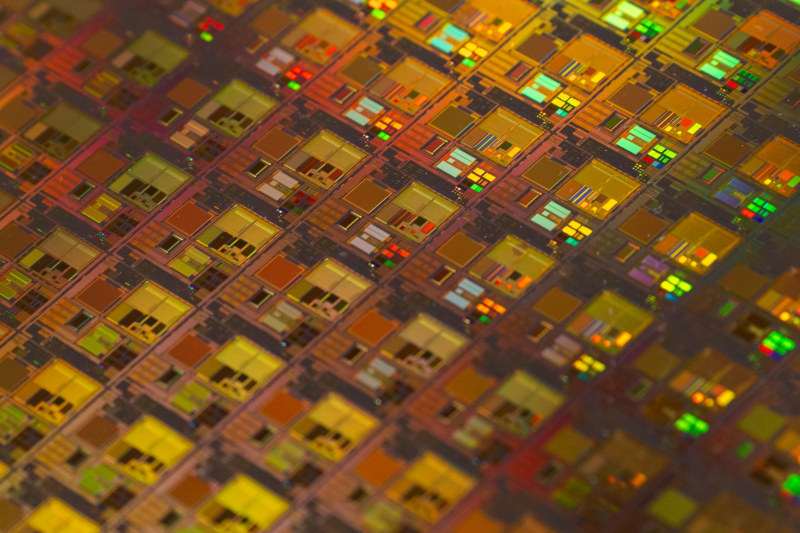Due to Chinese sanctions, the United States began developing transistors based on diamonds and aluminum nitride


Advanced power ICs and RF amplifiers use wide bandgap semiconductors such as gallium nitride (GaN). China controls the lion’s share of the world’s gallium supplies, and Beijing’s recent restrictions on its exports mean additional risks for the national security of a number of countries, including the United States. Therefore, the US Department of Defense agency DARPA commissioned Raytheon to develop synthetic semiconductors from diamonds and aluminum nitride as an alternative to GaN.


Image source: Maxence Pira / unsplash.com
Raytheon’s goal is to integrate these materials into equipment designed for current and future radar and communications systems – RF switches, limiters and power amplifiers – to help expand their capabilities and range. Such components will be used in sensing equipment, electronic warfare, directed energy transfer and high-speed weapons systems, including hypersonic ones. In the future, it is quite possible that such semiconductors will find use in the civilian sphere, for example, in electric vehicles, communication systems and other applications.
The leading material in power and high-frequency semiconductors is gallium nitride, whose band gap is 3.4 eV. Its capabilities are capable of surpassing 5.5 eV synthetic diamond and will prove useful in applications where high frequency performance, high electron mobility, extreme temperature control, high power and durability are critical. But synthetic diamond is still a new material in the semiconductor field, and there are still problems associated with its mass production. Aluminum nitride has an even wider bandgap of 6.2 eV, which means it is even better suited for such equipment. But Raytheon has yet to develop the corresponding semiconductor components.
At the first stage, the company will develop semiconductor films based on diamond and aluminum nitride. At the second stage, these technologies will be optimized for work on wafers of larger diameter, in particular, for sensor systems. Both phases of Raytheon are to be completed within three years. The company already has experience in integrating GaN and GaAs components into radar equipment, so it will probably cope with the new task.
Recent Posts
Nissan Leaf EV to Become NACS-Ported Compact Crossover in Third Generation
Nissan Leaf can rightfully be considered a long-liver of the electric car market, since the…
OpenAI expects to more than triple its revenue this year and then double it next year.
OpenAI, the market leader in generative artificial intelligence systems, remains nominally a startup, its financial…
OpenAI Decides to Hold 4o Image Generation Launch for Free Users
OpenAI has been forced to delay the release of ChatGPT's built-in image generator for free…
1440p and 240Hz for just $200: Xiaomi updates the 27-inch Redmi G27Q gaming monitor
Xiaomi continues to update its Redmi G27Q gaming monitor every year. The model was first…
Beware, Android is shutting down: OS development will cease to be public, but there is no reason to panic
Android device makers can significantly customize the look and feel of the operating system, but…
Fake GeForce RTX 4090s with RTX 3090 chips have started popping up in China — craftsmen are even changing the GPU markings
In China, scammers have started selling GeForce RTX 3090 graphics cards, passing them off as…